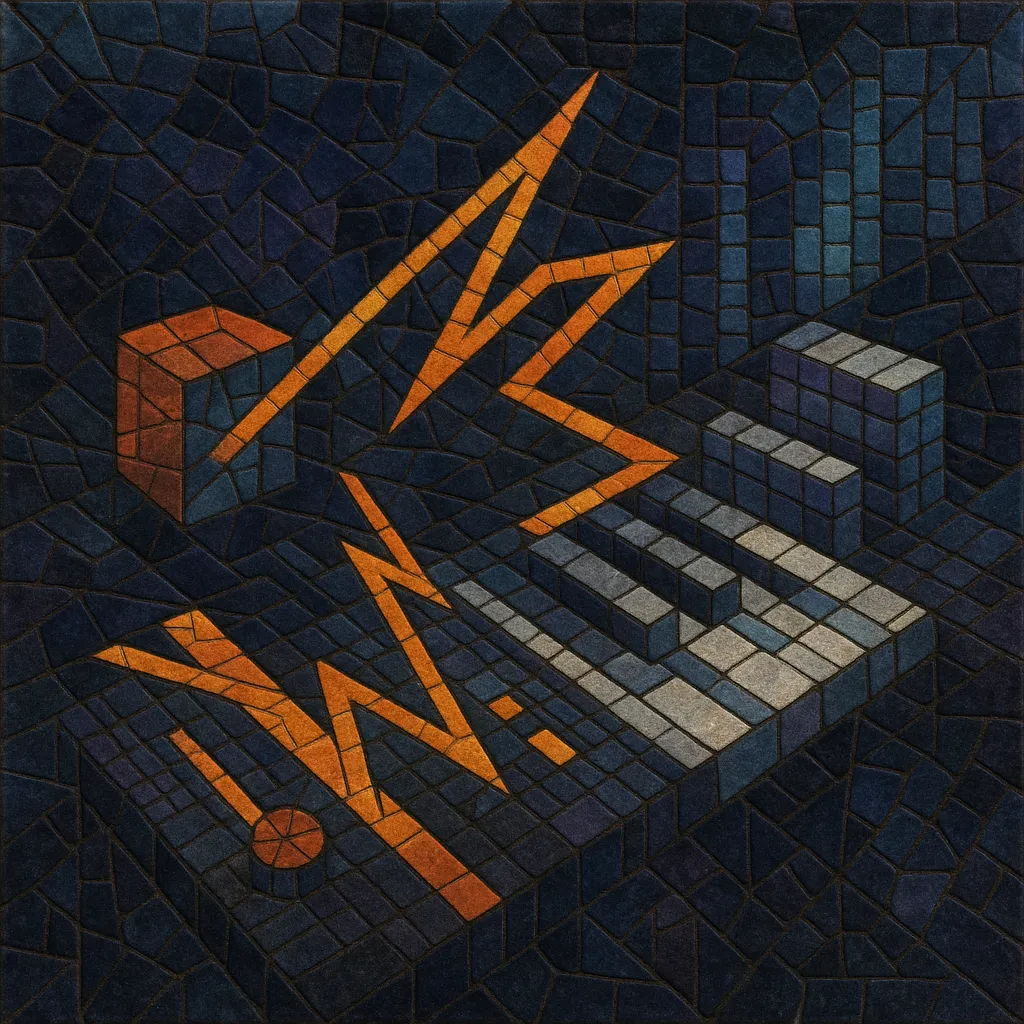Demostyle is a branch of electronic, tracker-based music that emerged from the European computer demoscene. It is characterized by sample-based synthesis, crisp arpeggios, driving yet light percussion, and melodic hooks designed to synchronize tightly with real‑time graphics demos.
Composers typically write in MOD, S3M, XM, or IT module formats using pattern-based sequencers (trackers), embracing timbral constraints (8–16 bit samples, limited channels) as part of the aesthetic. The result is an energetic, bright, and highly structured sound that celebrates technological ingenuity and musical economy.
Demostyle traces back to the home-computer demo culture on the Commodore 64 and Amiga, where musicians wrote compact, efficient music to accompany cracktros and real‑time visual demonstrations. Early tools and engines—culminating in Karsten Obarski’s Soundtracker paradigm—established module-based composition with patterns, effects commands, and tight memory budgets.
On the PC, Scream Tracker (Future Crew), FastTracker II (Triton), and Impulse Tracker (Jeffrey Lim) popularized S3M/XM/IT formats, enabling higher sample quality, more channels, and advanced effects. Large demoparties (Assembly, The Party, Mekka & Symposium) hosted music competitions (compos), codifying a melodic, rhythmically assertive, and visually sync‑friendly sound that came to be recognized as "demostyle."
Hallmarks include agile leads with fast arpeggios and pitch slides, punchy but economical drum programming, abrupt pattern switches aligned to visual cuts, and a strong emphasis on memorable themes. Technical mastery—squeezing maximal color from minimal resources—became a core value.
With modern trackers (OpenMPT, Renoise) and emulation of legacy chips/samplers, demostyle persists across online compos and demoparties (e.g., Revision). Its tracker micro-editing, sample manipulation, and retro timbres have influenced chip-inspired pop, glitchy IDM, and Nordic 8‑bit funk (skweee), while remaining a living tradition in the demoscene.


